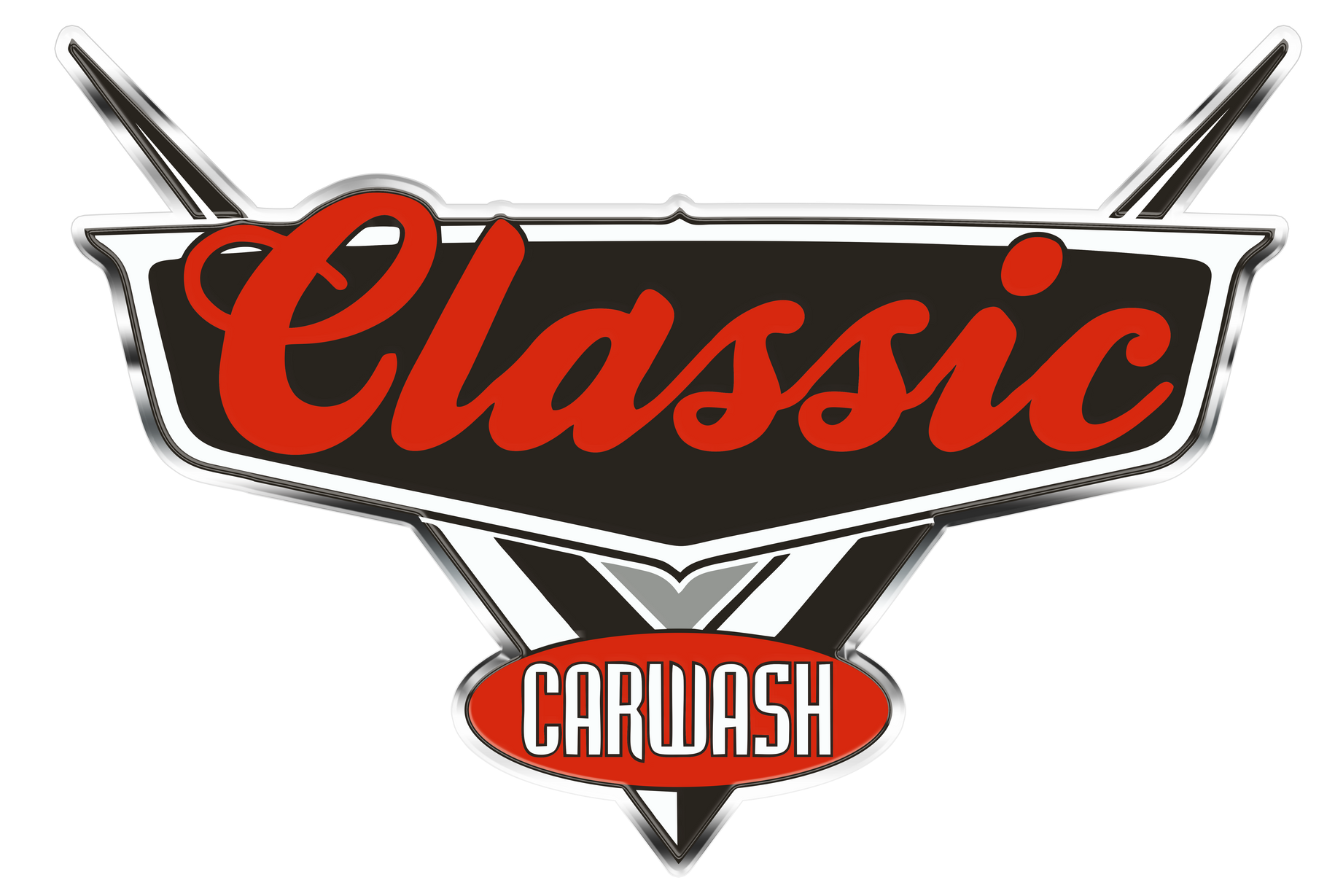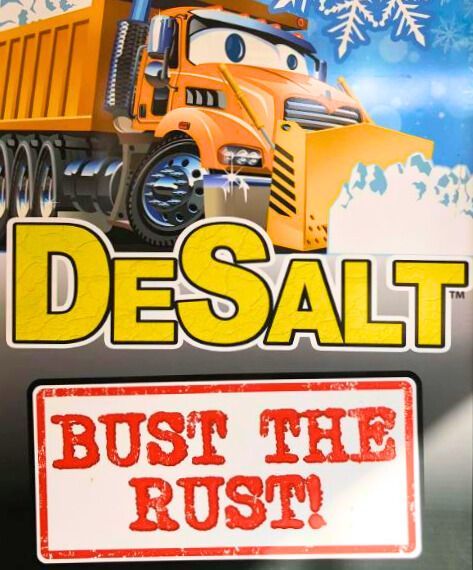A century of shine: the evolution of car wash technology

If you love that “just-washed” feeling you get at Classic Carwash, you’re part of a 100+ year story - one that began with hand-pushed cars, buckets, and elbow grease, and evolved into today’s fast, safe, and glossy finishes. Here’s the quick tour of how we got from the Automobile Laundry to ceramic-enhanced, modern automatic washes.
1900–1910s: From “Auto Laundries” to an Industry
At the dawn of the automobile age, inventors were already thinking about mechanized washing. A U.S. patent for a “Vehicle-Washer” was filed in 1900, and commercial “auto laundries” appeared soon after. By 1914, Frank McCormick and J.W. Hinkle opened Automobile Laundry in Detroit - often cited as the first production-line car wash in the U.S., where workers moved vehicles through dedicated cleaning stages.
1940s: Conveyors and the First Semiautomatic Systems
Early tunnels still relied on manpower until the 1940s. Hollywood saw one of the first conveyor setups in 1940, pulling cars through while attendants scrubbed. In 1946, Thomas Simpson introduced a semiautomatic system: a bumper-hooked conveyor, overhead sprinklers, hand-operated brushes, and a blower - dramatically reducing manual labor and standardizing the “tunnel” format we recognize today.
1950s–1960s: Full Automation and Organization
Several sources credit the Anderson brothers (Seattle, 1951) with pioneering one of the first fully automated washes - automatic soap/water, brushes, and drying - bringing truly hands-free cleaning to the mainstream. Meanwhile, the industry organized: by 1955, leaders formed what became the International Carwash Association (ICA), and the 1960s–70s ushered in standardized equipment like automatic wheel cleaners and roller-on-demand conveyors.
Note: Historians and trade writers differ on the “first” fully automatic claim (that’s normal for early tech). What’s clear is that the 1950s cemented automated tunnels and set a rapid pace of innovation.
1980s–2000s: Flex-Serve, Express Exterior, and Speed
As consumer expectations grew, operators blended automated tunnels with human finishing (“flex-serve”) and later popularized the express-exterior model - fast, consistent results with vacuums and membership options, now the backbone of many successful sites (including here at Classic Carwash).
1990s–Today: Touchless, Chemistry Advances, and Smart Controls
High-pressure touchless systems matured in the 1990s, while chemistry took giant leaps forward - clearcoat sealants, hydrophobic waxes, and today’s ceramic-style protectants. Modern tunnels integrate sensors and programmable logic for consistent coverage and water/energy efficiency - giving drivers a safer, faster, shinier wash year-round.
Why This History Matters to Drivers
Consistency & Care: A century of iteration is why your SUV or pickup gets even coverage - arches, nozzles, chemistry, and blowers are tuned to vehicle size and shape for reliable results in every season.
Protection for Midwest Roads: Road film, bugs, salt, and farm dust are real around Leavenworth and the surrounding highways. Modern formulations help shed grime and water, making it easier to keep a clean ride between washes.
Visit Classic Carwash in Leavenworth, KS
From 1914’s Automobile Laundry to today’s sensor-driven automatic washes, the mission hasn’t changed: a cleaner, better-protected vehicle - fast. Swing by Classic Carwash Leavenworth today for a quick shine and long-lasting protection.
Pro tips:
- Try our premium Ceramic Wash with ceramic protectants for winter salt and summer bug seasons.
- Use our vacuums to finish the interior of your vehicle in minutes.
- Take advantage of buying Gift Cards and save money on washes - when you reload the card, you'll receive 20% rewards cash you can use on automatic washes, self-service bays and vacuum stations.




